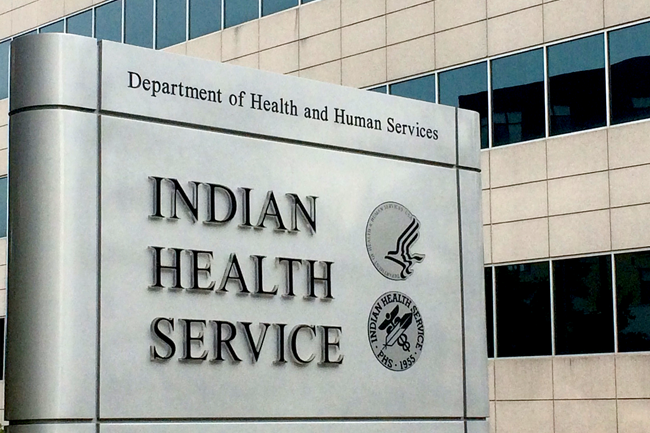The federal government has “an obligation” to fund a major healthcare IT modernization program at the Indian Health Service, and the bill will be high.
It could cost $ 3 billion to replace the agency’s legacy electronic health record system, according to an assessment of researchers from the Regenstrief Institute and Indiana University School of Medicine, writing in a Health Affairs blog.
IHS, an agency of the Department of Health and Human Services, currently uses the Resource and Patient Management System (RPMS), which was developed in close partnership with the Department of Veterans Affairs to manage its clinical, financial and administrative information.
However, according to researchers, “years of inattention and underfunding have left the RPMS unusable by current technological standards, making it difficult to provide continuous, consistent care.”
President Trump’s Fiscal Year 2020 budget request for IHS included an initial $ 25 million EHR investment to begin transitioning to a replacement for RPMS. However, researchers contend that this seed money is woefully inadequate.
“While the VA has been appropriated $ 1.6 billion to fund its transition to the Cerner EHR, the IHS is poised to receive significantly less—a proposed appropriation of $ 25 million,” observe the researchers. “Because of the extensive work needed to bring the RPMS up to minimum modern health IT standards, the proposed amount is inadequate to meet the Unites States’ responsibility for providing healthcare to tribal nations.”
In particular, they note that a technical evaluation of RPMS found that—as currently configured—the system will be completely unsupportable in 10 years.
“HIT is a crucial part of improving IHS’ ability to deliver quality care to this already marginalized community,” says senior author Theresa Cullen, MD, associate director of the Regenstrief Institute Global Health Informatics Program and an IU School of Medicine faculty member. “The current system needs extensive improvements, and the proposed federal funding is not sufficient to accomplish this task, which will put the health of Native Americans and Alaska Natives further at risk.”
Cullen and her colleagues cite a budget estimate from the national Tribal Budget Formulation Workgroup which recommended a $ 3 billion, 10-year HIT modernization investment for IHS. They say the cost estimate is consistent with the VA’s $ 10 billion EHR modernization over 10 years, given that IHS’ patient population is equal to 27 percent of the VA patient population.
“An adequately sourced health IT program is an essential component to ensuring high-quality and safe care,” the researchers conclude. “To fulfill its obligations to this marginalized community, the administration must remember this is a start, not a finish.”
In addition, researchers contend that the IHS must leverage the lessons learned from the Department of Defense and VA efforts to establish a single, common Cerner EHR system between the two agencies—lessons which they believe can result in immediate benefit to IHS and its patients.
